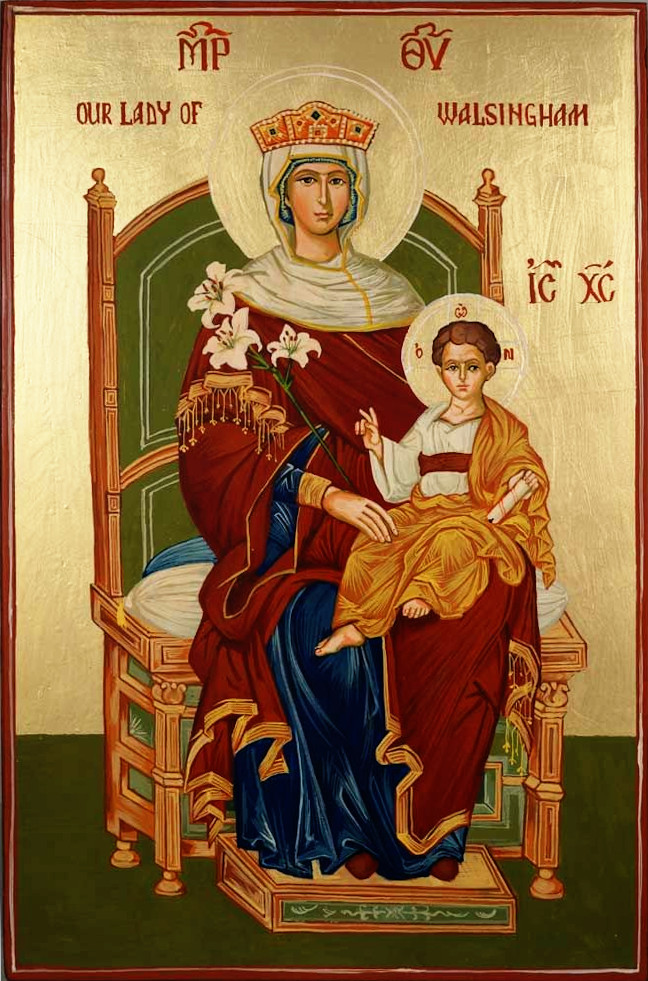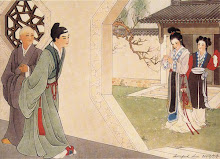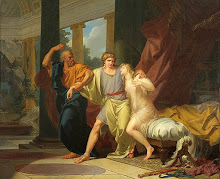
It’s gotten to the point where I’ve stayed too long in China to say anything intelligent about it, as the common saying I alluded to earlier goes. But I will make an attempt nevertheless; I’ve managed to make my first genuine tourist stop this time around, going to the Temple of Heaven in Beijing, a sterling example of Ming Dynasty architecture, renovated by the Qing when they moved into Beijing in the 1600’s (and more recently after the Cultural Revolution). It is a public park now, but one very well worth visiting… in spite of the crowds. My landlady told me that when she was growing up, she used to come there to play, and there would be very few people around – but now it’s hard not to run into massive tour groups (you know, the kind which are characterised by all the people wearing the same baseball cap or T-shirt, following a guy holding a banner, walking backwards and toting a megaphone) either from abroad or elsewhere in China. While in the Temple, I heard people speaking Spanish, Russian, German, English and a couple of languages I couldn’t make out.
I’m afraid I don’t know as much about the Ming Dynasty as I should – the same way my sister is a bit snobbish about ‘late’ Egyptian history (when the Hellenistic influence began to make itself known) as opposed to earlier Egyptian history, I’m a bit more about the Warring States, Three Kingdoms and Tang periods than about the ones which came after it. My girlfriend has kindly offered to further my education, and I felt I should rise to the occasion of making her job easier, doing a bit of self-education while I’m here.
Of course, my first instructor in all things Ming was my high-school area studies teacher Bruce Mjaanes; my second was Larry Gonick and his Cartoon History of the Universe. Though he didn’t treat Zhu Yuanzhang with the same kind of reverence with which he treated Li Shimin, he made it very clear that the founder of Ming was an Important Figure. Indeed, his story is as impressive as it is bloody – at first a beggar in the streets, he became a brilliant military commander, a great visionary and social reformer (being the first to attempt to ban slavery in the Chinese Empire, among many other things), and ultimately an Emperor as he led an uprising against the Mongol Yuan emperors and established an enduring and highly functional social order… but he left a gruesome trail of millions of dead behind him to do it. His legacy is probably destined to elicit the same mixture of admiration and opprobrium as that of similar leaders, such as Mao Zedong. The Temple of Heaven, though, was built during the reign of his equally-ruthless son, Zhu Di, who continued to build on his father’s social reforms (along with reinstituting the civil service), but also moved the Ming capital back to Beijing to better defend against a revanchist Mongol invasion.
For one thing, though, the Ming architects who built this Temple had impressive artistic taste, and it shows. They had a great love for the subtle details – the inch-raised platform, the delicately-carved rails, the guardian decorations on the roofs – which all serve to highlight the grandeur of the composition as a whole. The Temple of Heaven was built on a very high point in the city – even today (on a good day) one can see out across the park into the distant skyscrapers. The 祈年殿 itself (that’s the round building with the three-tiered roof) was built by fitting together solid pieces of wood, without using a single nail.
But I should allow the photos to speak for themselves.





In general, in China, people tend to like their parks well-paved; even some lawns are covered with bricks. That isn’t to say they aren’t green – there’s one gnarled old juniper tree (九龙柏) on the grounds of the Temple of Heaven which sprouted in the middle of the Ming Dynasty and is still going on strong, and that’s only one of the many trees which are growing there – though I observe that all of them (even the old ones) were planted on purpose, probably by the leading lights of the Empire themselves.

A couple more cultural notes:
I am currently in the office, drinking 统一 orange drink and eating kimchi-flavoured potato chips… perhaps not the height of culinary perfection, even in snack choices. One of the many refinements I discovered first in Beijing, and later during my stint in Almaty, was the customary evening snack of what the residents of the latter city call шашлык в пиве or кәуап және сыра, and what the residents of the former call 串啤. It is a very fine custom to have, and we could use a lot more of it in the West. It is a snack consisting of meat shish-kebabs or chuanr 串儿 (preferably pork or lamb, marinated in vinegar and roasted with hot peppers and cumin – though a good Kazakh might do without the peppers) and beer. A good 600 mL of Yanjing (燕京啤酒) light lager works best, but Шымкентское will certainly do in a pinch. This is a first-class, though quite inexpensive ticket to staving off the pangs of late-night hunger in Beijing – the kebabs being, in my experience, one kuai each and the beer being four kuai for a 600 mL bottle. It is pure deliciousness, wrapped in spiciness and washed down with refreshment. And thankfully, I go to a local mom-and-pop streetside restaurant to get them, so my distributist conscience is assuaged. But, one can also go to a da pai dang 大排档.
These are basically open-air buffet-style food courts, surrounded by tables with umbrellas; it’s a shame that I never got the opportunity to take a picture of one. They look and feel very European – which is no surprise as I understand they originated in Hong Kong. They are pricier, and one has to pay with a prepaid card and a 10-kuai deposit, but the chuanr are large, juicy and delicious and the Yanjing is on tap. I couldn’t afford to go to one every day, but it’s still a good place to go and put your feet up for awhile, drink beer, maybe chat a little bit.
That’s all for now, my gentle readers. I’ll be back in the states soon, and hopefully will have more and better opportunities to share my experiences here!













No comments:
Post a Comment